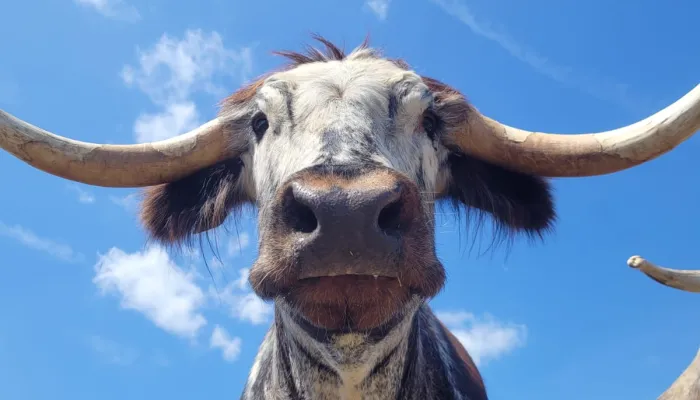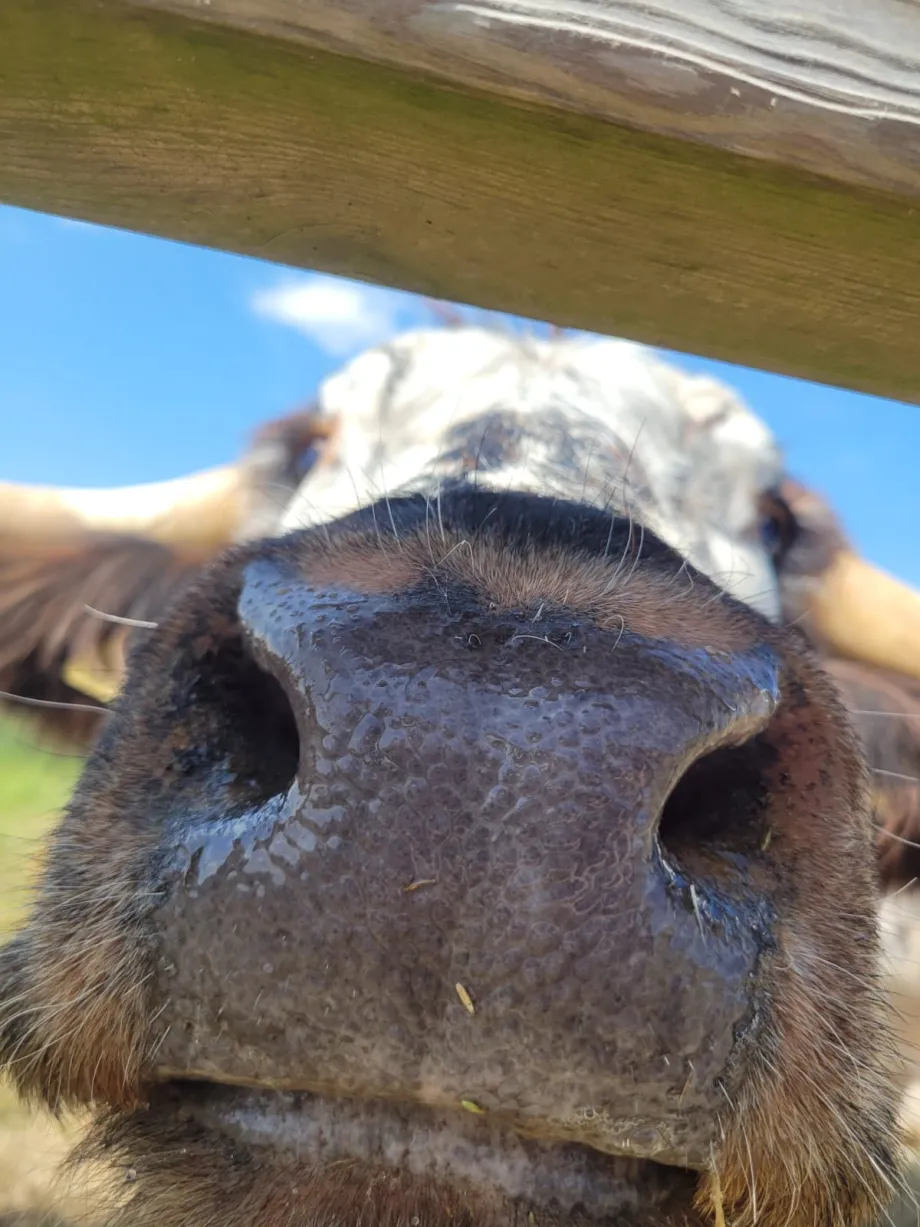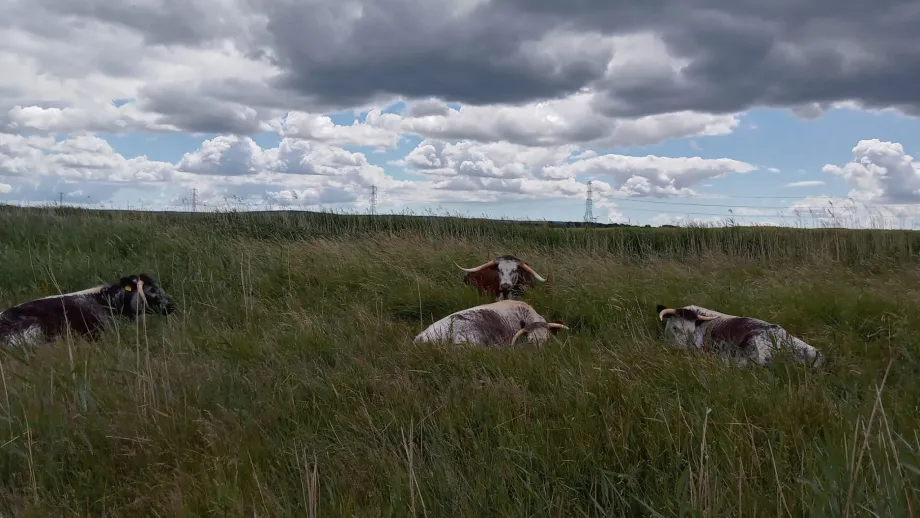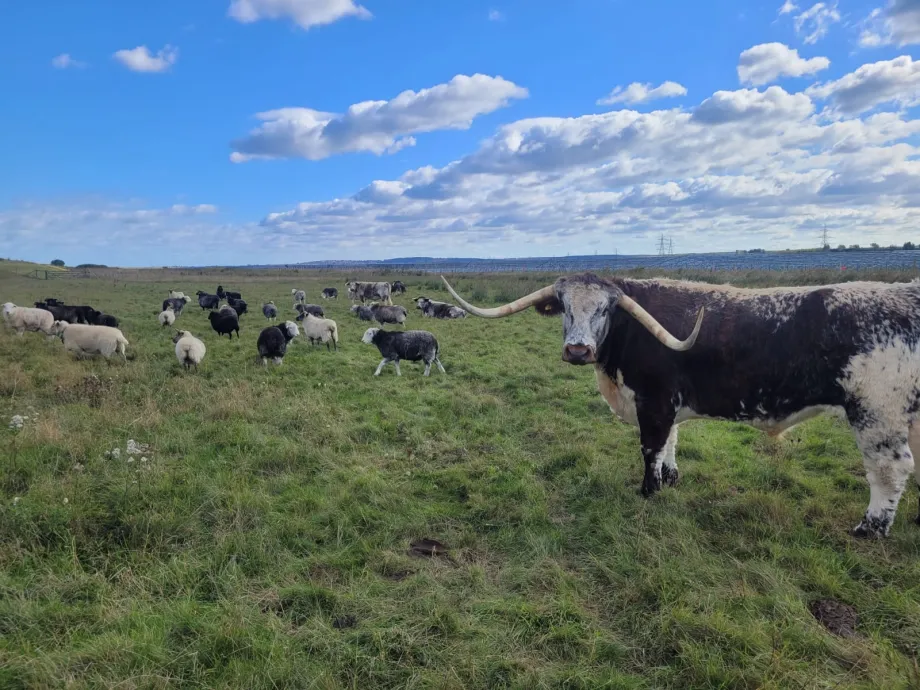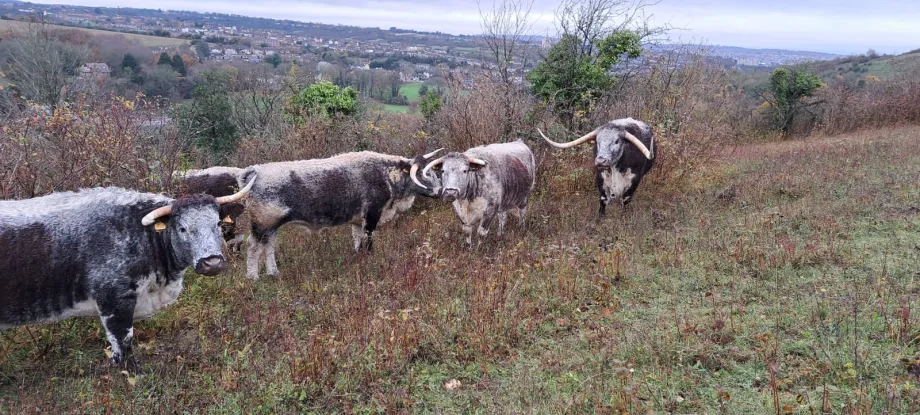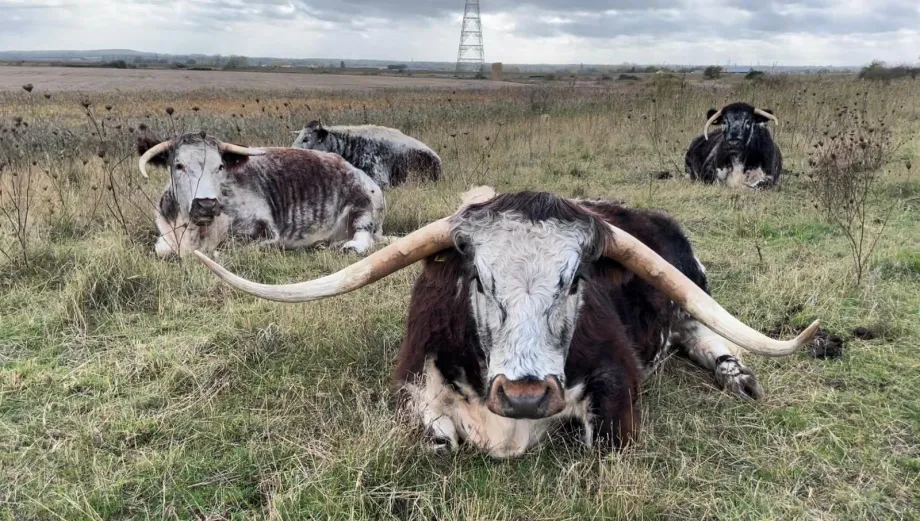Darlands Bank Reserve
Sweeping panoramic views are not what you expect to find in the heart of the Medway towns but this site has long defied convention. This is our most diverse reserve which is home to the largest population of Man orchids in the country.

